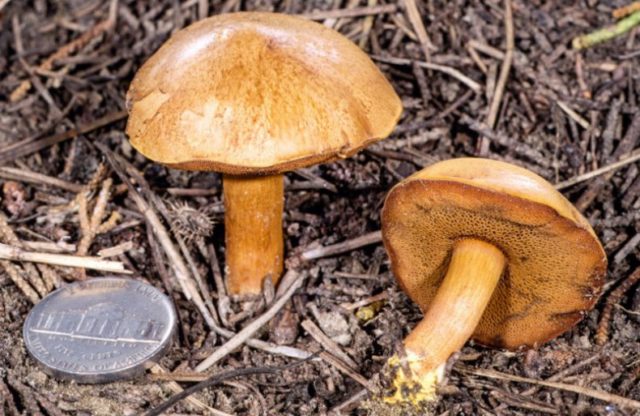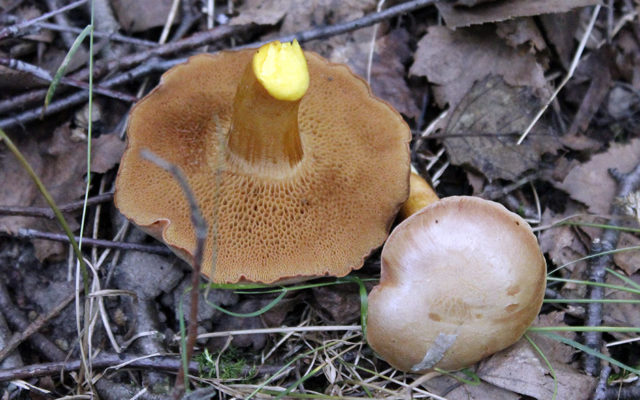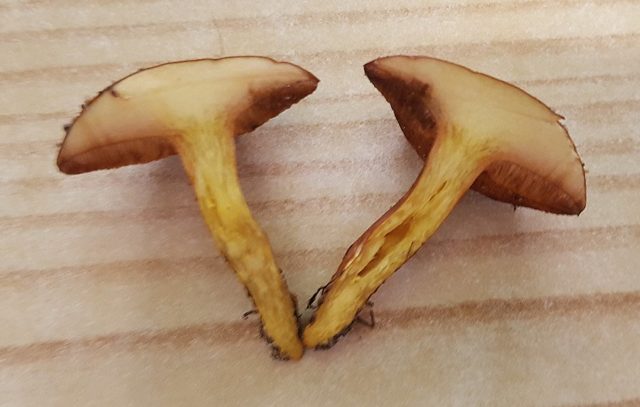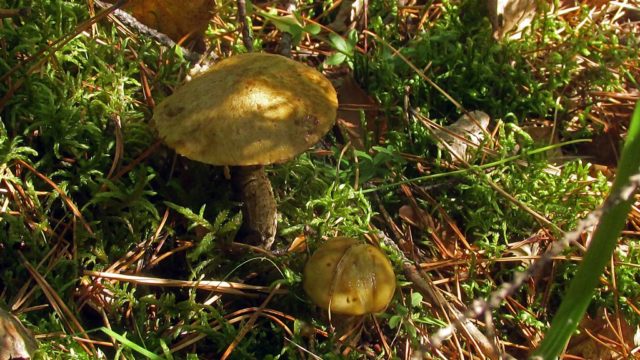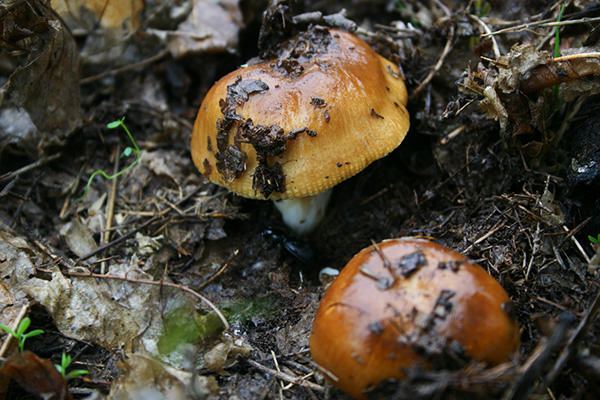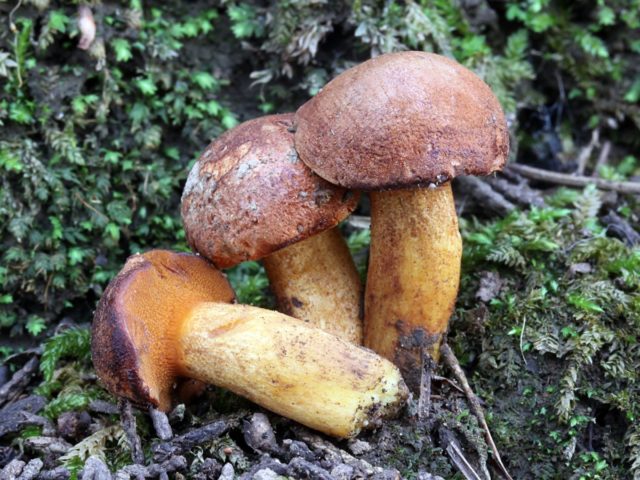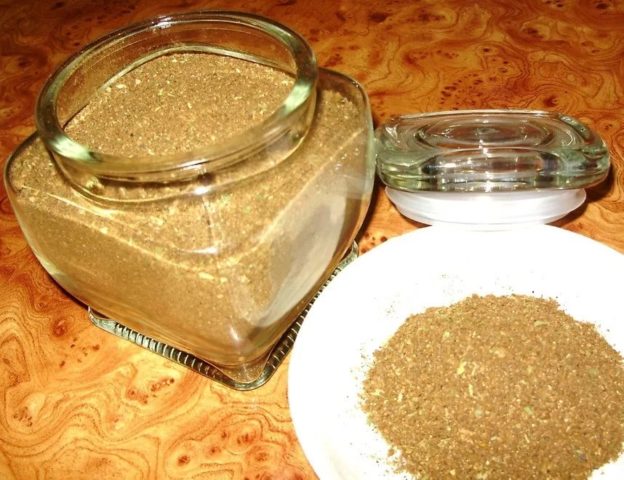Content
The main criterion for lovers of "quiet hunting" when collecting forest gifts is their edibility. Even one poisonous specimen can cause irreparable harm to health. Any experienced mushroom picker knows for sure that it is better to be left without a trophy than to take a harmful one. The pepper mushroom is controversial among connoisseurs. There are diametrically opposite opinions about its edibility.
What does a pepper mushroom look like?
The pepper oil can belongs to the Boletov family. Biologists consider it conditionally edible. Small differences between an ordinary oiler and a pepper can be confusing for an inexperienced mushroom picker.
Description of the hat
The convex rounded cap of the pepper oil can reaches 8 cm in adulthood. At this point, the cap straightens out and becomes flat-round. The color includes all shades of brown. The hat can be reddish, reddish, or dark. Unlike an ordinary oiler, a pepper fungus does not have a mucous membrane.
The bottom layer of the cap is like a sponge. The color of the hymenophore is usually the same as the top of the cap, maybe a little lighter. When pressed, reddish spots appear on the porous tubular surface.
Leg description
The shape of the leg is cylindrical. In some specimens, it may be curved. The leg narrows slightly towards the bottom. Above, it grows together with the hymenophore. The height of the leg is up to 8 cm. In diameter, it grows from 3 mm to 1.5 cm. Its pulp is elastic and easily breaks when pressed. Cut in air takes on a reddish tint.
Pepper Mushroom Edible Or Not
There are different opinions about the edibility of the pepper mushroom. Biologists say that the poisonous substances contained in the fruit body do not decompose even during heat treatment. Scientists warn about the harm of these components to the liver. Poisons are able to gradually accumulate in the body, subsequently causing severe oncological diseases.
In Russia, it is not customary to collect pepper oil cans as edible. Among the forest resources, there are enough other, less dangerous representatives of this species.
European scientists do not confirm the opinion about the poisonousness of the pepper fungus. And culinary experts in Western countries consider this gift of the forest to be one of the most delicious representatives of the mushroom kingdom. The sharp taste and delicate aroma give the dishes from this forest guest a piquancy. Some gourmets prepare various dishes from the pepper oil can. It is stewed and added to prefabricated mushroom delicacies and meat stews. Others prefer to use the dry pulp powder as a substitute for hot peppers.
Experimental research on the qualities of the peppermaker has not been carried out. Signs of poisoning were not recorded after eating food made from it. According to experts, mushrooms can have a negative impact on health if consumed regularly for a long time from 6 months to a year.
Where and how does pepper oil can grow
The area of growth of pepper and common boletus is the same.They are collected in the pine and spruce forests of the northern regions. It is extremely rare to find boletus in mixed forests. On the territory of Russia, they are harvested in Siberia, the Caucasus and the Far East.
The harvest period differs depending on the region of growth. In Siberia, boletus appears in June. In the European north, the time to hunt them begins in June and lasts until October.
Mushrooms grow singly or in small families of 3 - 5 pieces. When collecting, cut the leg with a knife.
How to distinguish pepper oil
Some mushrooms are very similar to peppercorns. An ordinary oiler can be distinguished from a peppercorn by the appearance of the underside of the cap, which has a light yellow color, in contrast to the reddish one in the peppercorn. The hymenophore in the edible species of common boletus is dense, finely porous. Pepper pores are large and irregular. In addition, young boletus are covered with a sticky substance, from which the name derives.
The film covering the ordinary oiler can be easily removed, which is what housewives usually do before cooking. In a pepper mushroom, according to the photo and description, the cap cover is difficult to separate. It looks dry and may even have small cracks.
It is not easy to distinguish between peppers and goats. This is another representative of the Boletov family. Mushrooms are very similar in color and structure of the cap and stem. The main distinguishing feature of the goat or sieve, as it is popularly called, is its increased attractiveness to worms. Even the youngest mushrooms are most often found with a cap eaten by worms. In wet weather, the cap of the mushroom becomes especially wet and slimy. The goat is classified as an edible mushroom. But lovers of forest gifts rarely collect it.
A false oiler can be easily distinguished from a pepper oiler by the photo and description. The poisonous mushroom is lamellar, not tubular. It is worth cutting it off, as the leg acquires an unpleasant cyanotic color. When put into a dish, a false oil can gives it a musty smell and unpleasant bitterness.
What are the benefits of pepper mushroom
It is difficult to talk about the benefits of the pepper mushroom. Official information about any useful properties, except for a sharp pleasant taste, has not been recorded anywhere. Therefore, the beneficial qualities can be judged by the content of substances in the fruit body of the pepper oil can.
Like other representatives of the kingdom of mushrooms, it contains a large amount of plant protein, amino acids and many trace elements. And its calorie content is only 22 kcal per 100 g of product. The composition of the product is rich in the following components:
- phosphorus;
- magnesium;
- fluorine;
- selenium;
- vitamins A, B, E, K, D;
- acids: nicotinic, pantothenic, folic.
It also contains such rare amino acids as alanine and leucine. These ingredients are used to lower blood sugar levels in diabetes.
In folk medicine, powder and tincture of pepper oil can have long been used as an antibacterial agent. It is believed that drugs from this mushroom cure tuberculosis and other lung diseases.
How to prepare pepper oil
In European countries, not only a spicy seasoning is prepared from pepper pot, but it is also used as the main ingredient in various dishes.
Mushrooms are stewed with onions and sour cream. After proper heat treatment, they lose some of their sharpness and become very pleasant to the taste, according to lovers of savory dishes.
For seasoning, the mushrooms need to be dried and chopped. But first, the pepper oil cans are boiled for about two hours, changing the water several times. Cooking sequence:
- Boiled mushrooms must be washed.
- Put on a baking sheet covered with parchment.
- Dry in the oven for 4 - 5 hours, stirring.
- Cool down.
- Then grind in a coffee grinder.
A properly dried pepper mushroom is easy to grind, even with your hands.
Seasoning is added instead of hot pepper to meat and vegetable dishes.
Conclusion
The pepper mushroom is very popular in many countries. There are myths about its toxicity, but there are no proven facts.It is possible that eating in large quantities will harm the body. It is important to remember that any little-known product can be harmful to health if overused. In addition, the new dish can be tested for tolerance by the body.
